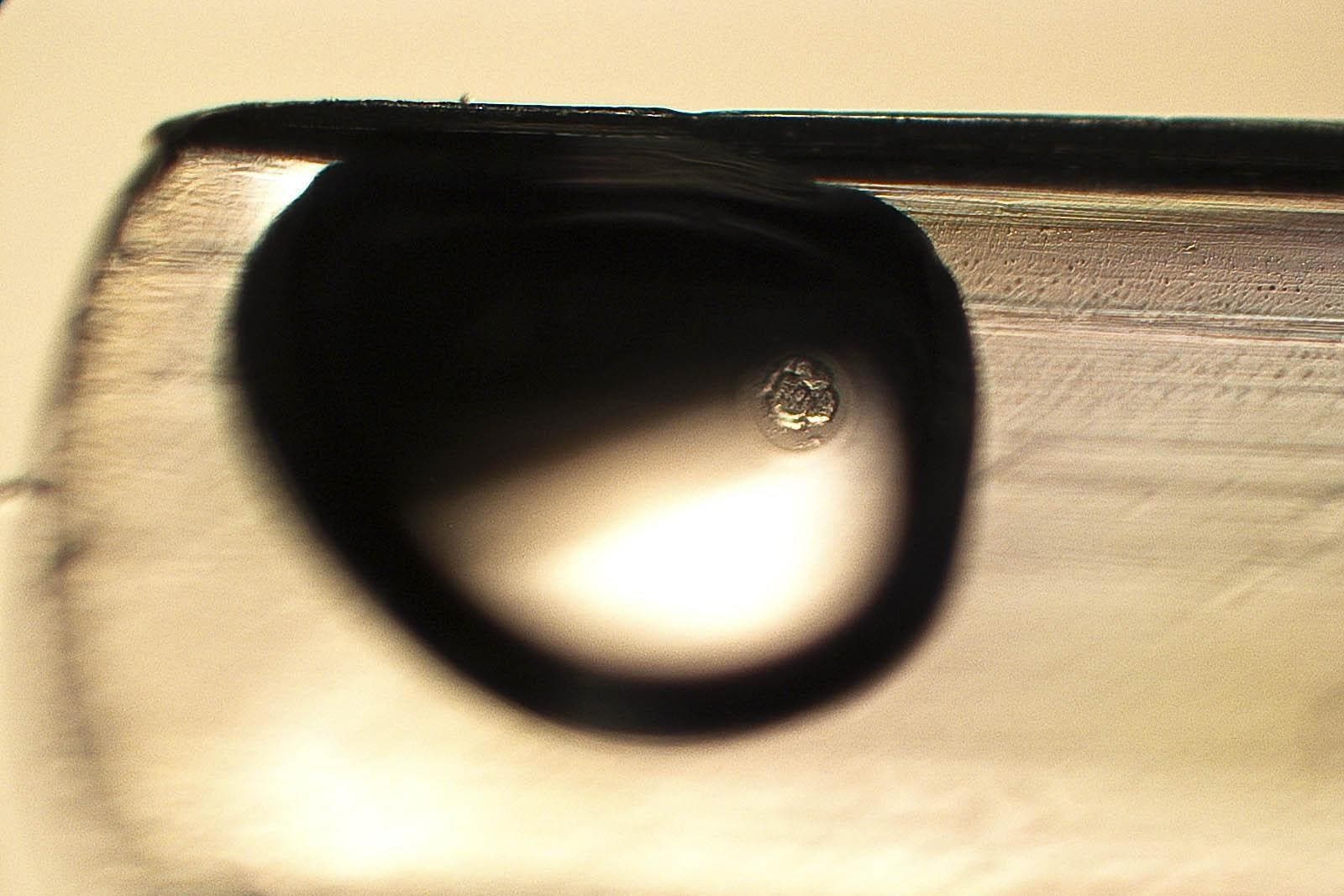‘World first’ fertility data dashboard launched by regulator
IVF patients will be able to access more data than ever before.

Your support helps us to tell the story
From reproductive rights to climate change to Big Tech, The Independent is on the ground when the story is developing. Whether it's investigating the financials of Elon Musk's pro-Trump PAC or producing our latest documentary, 'The A Word', which shines a light on the American women fighting for reproductive rights, we know how important it is to parse out the facts from the messaging.
At such a critical moment in US history, we need reporters on the ground. Your donation allows us to keep sending journalists to speak to both sides of the story.
The Independent is trusted by Americans across the entire political spectrum. And unlike many other quality news outlets, we choose not to lock Americans out of our reporting and analysis with paywalls. We believe quality journalism should be available to everyone, paid for by those who can afford it.
Your support makes all the difference.IVF patients will be able to get unprecedented levels of information about care in the UK after the fertility regulator launched a world-first data dashboard.
The Human Fertility and Embryology Authority (HFEA) said the dashboard holds data from 1991 onwards.
People can use the tool to look at IVF success rates based on age, compare NHS funding in different regions, and examine data on egg freezing and thawing.
Patients can also see the growing number of patients who received care over the years.
Since 1991 some 665,690 patients have received fertility treatment in UK clinics, the tables show.
These patients have had 1.8 million rounds of treatment.
The HFEA said that visitors to the dashboard are able to break down data on fertility treatments and birth rates by type of treatment, age and location.
“The HFEA has collected data on all IVF and donor insemination treatments performed in the UK since 1 August 1991,” said Peter Thompson, chief executive of the HFEA.
“In recent years, there are more than 70,000 fertility treatments a year.
“As the fertility sector has progressed over the past 30 years, so too has the opportunity to improve how we present and share data.
“Our new data dashboards mark the next step in even greater information transparency.
“For researchers, finding out vital data about fertility treatment in the UK previously meant submitting enquiries one by one. The launch of the dashboard will ensure our wealth of data can be used to gain further insight which could, in turn, improve outcomes for all.”